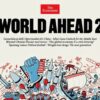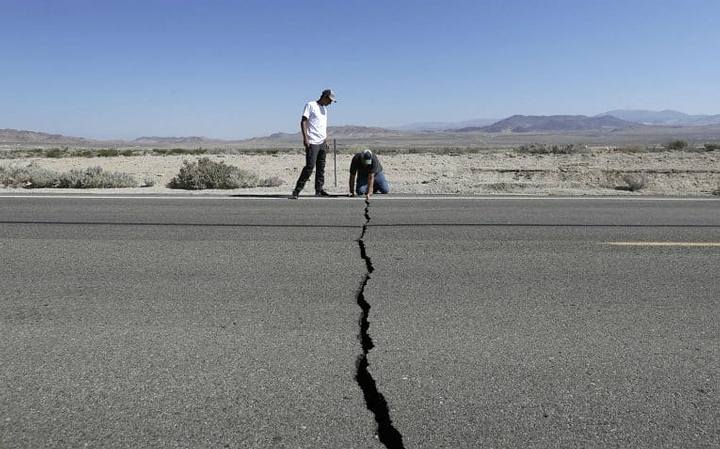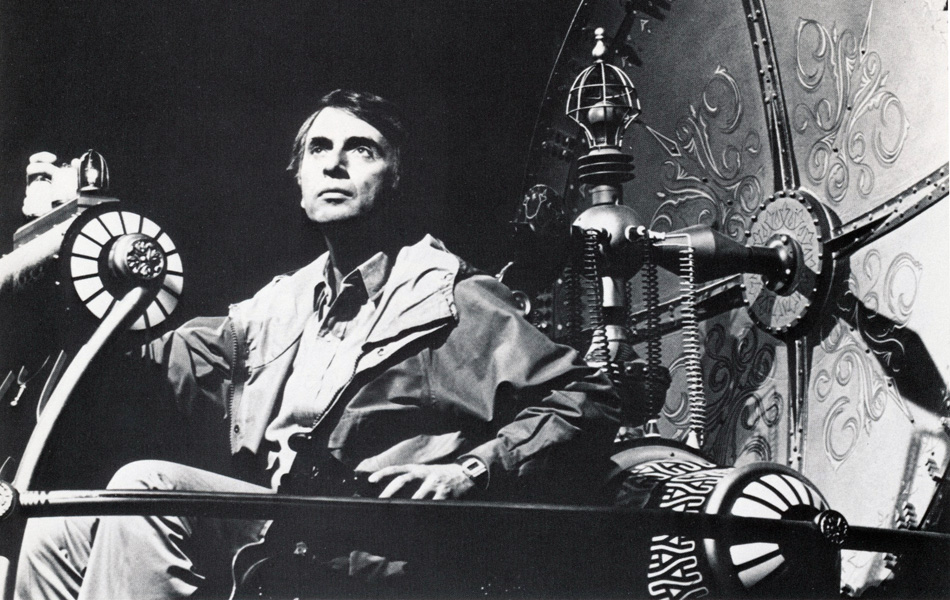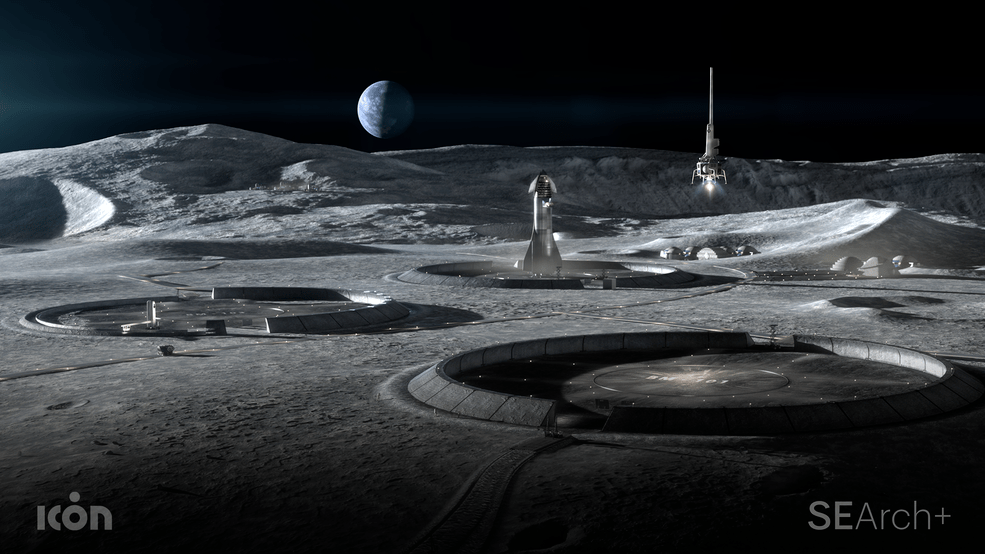A velvet midnight cloaks the spires of Tokyo, stars pricking the sky like forgotten promises, while across the globe, the sun scorches New York’s concrete canyons at what the clocks decree as “noon.” A child in Sydney stirs from dreams to the artificial glow of a desk lamp, her breakfast cereal crunching in the hush of pre-dawn, because the world has willed it so. No jet lag to blame, no frantic calculations for that overseas call—just one relentless tick, binding every soul under the same indifferent numeral.
This is the shadow of a possibility scientists have begun to chase, a single time for the entire Earth that promises harmony but lurks with the chill of unraveling. What secrets would it unearth from the marrow of our days? What ghosts of rhythm would rise to haunt us? Step into this twilight proposition, where the mundane becomes mythic, and time itself turns traitor.
In the dim-lit labs where chronometers hum like ancient oracles, researchers have simulated the grand convergence: Universal Time, a blade slicing through the patchwork of time zones we’ve stitched across our spinning blue marble. It’s the alchemy of turning chaos into cadence, at what cost to the fragile weave of human existence. As we teeter on the brink of this temporal monolith, the air thickens with questions that echo through the canyons of our collective subconscious. Could we truly synchronize without splintering? Or would this unified pulse reveal the dystopian underbelly of our engineered world, where the sun becomes a stranger and our inner clocks fracture like brittle glass?
The Mirage of Midnight Markets: Economic Echoes in a Boundless Now
Envision the boardrooms of the world, no longer fractured by the arbitrary sundials of longitude. In this era of absolute alignment, global markets wouldn’t stutter across invisible lines; they’d surge as one, a tidal wave of transactions cresting at the stroke of a singular hour. Stock exchanges from Wall Street to the neon-veined arteries of Shanghai would pulse in unison, algorithms dancing without the drag of offsets or the fog of fatigue from mismatched dawns. Logistics, that shadowy backbone of our consumptive frenzy, would shed its chains—cargo ships gliding into ports on schedules etched in universal ink, supply chains coiling tighter than a noose around inefficiency.
Economists, those modern soothsayers peering into crystal spreadsheets, whisper of a productivity renaissance: deadlines demystified, collaborations unhindered by the witching hour’s curse. “Imagine the frictionless flow,” muses Dr. Elena Voss, a futurist whose models predict a 15% uplift in cross-border trade velocity. No more haggling over “your tomorrow is my yesterday”—just pure, unadulterated momentum. Yet, in the quiet aftermath of these simulations, a hollow rings through the data. For the cogs in this vast machine—the night-shift coder in Bangalore blinking against the equatorial glare, the farmer in the Andes syncing harvests to a clock that mocks his rising light—efficiency extracts its toll in shadowed hours.

This isn’t hyperbole born of Luddite lament; it’s etched in the ledgers of trial runs. Pilot programs in hyper-connected hubs like Singapore have toyed with micro-unifications, syncing satellite offices to a proto-UTC variant, and the yields were intoxicating: error rates plummeted, innovation spiked like a fever dream. But peel back the veneer, and you find the undercurrents—the spike in burnout claims, the quiet exodus of talent chasing the ghost of work-life equilibrium. In a world where Universal Time reigns, the economy might roar, but its roar could drown out the faint, human heartbeat beneath. What price tag do we slap on souls adrift in this endless now? The simulations suggest prosperity’s shadow hides a subtler poverty: the erosion of those stolen slivers of personal dusk, when the world pauses and we reclaim our breath.
Fractured Dawn: The Biological Betrayal of a Single Shadow
Beneath the skin of this grand design lurks the true specter—the betrayal of our flesh. Our bodies, those ancient vessels tuned to the sun’s arcane liturgy, whisper rebellion against the cold decree of numerals. Circadian rhythms, those invisible tides governing melatonin cascades and cortisol crests, are the poetry of survival, etched by eons of light chasing dark across the horizon. Impose a single time, and you don’t just reset watches—you rupture the vein connecting us to the cosmos.
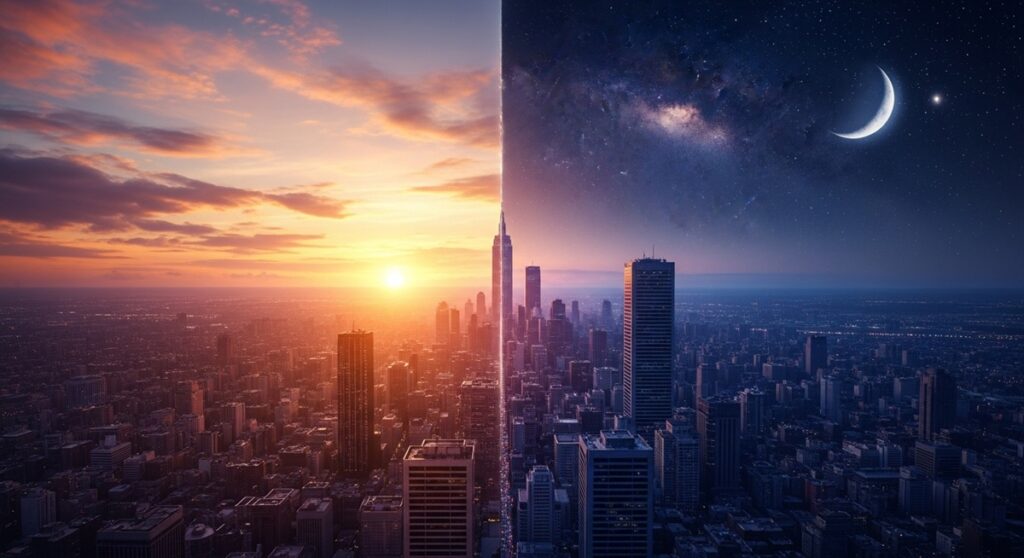
Scientists at the Chronobiology Institute in Zurich have mapped this schism with chilling precision. In their virtual Earths, where every meridian bows to one master clock, the equatorial belts fare worst: perpetual “mornings” that clash with the sun’s lazy ascent, forcing workers into fluorescent-lit vigils while their genes scream for slumber. Hormonal havoc ensues—sleep fragmented like shattered mosaic, immune sentinels faltering under the weight of desynchronized days.
“It’s akin to jet lag on a planetary scale,” explains Dr. Rajan Kaur, whose longitudinal studies track adrenal fatigue in simulated subjects. “But without the reprieve of return. The body learns to distrust its own dawn.”
And oh, the metaphors multiply in the mind’s eye: time as a river, dammed and diverted, flooding some valleys while starving others dry. In the polar fringes, where light already plays tricks like a capricious god, this unification might blur into benign irrelevance—eternal twilights anyway. But for the teeming heartlands, from the Mediterranean’s olive groves to the Midwest’s amber waves, it’s existential dissonance. Breakfast at “8 a.m.” under a starlit canopy, the gut churning against the chill; “evening” commutes bathed in midday blaze, sweat-slicked and surreal. Rhetorical shadows creep in: How long before we medicate the mismatch, popping synthetic sunrises from pill bottles, our veins humming with chemical sundials?
The evidence mounts like storm clouds. Meta-analyses of shift-work cohorts—proxies for this temporal tyranny—reveal a 20% uptick in metabolic disorders, hearts straining against arrhythmic beats. Depression’s velvet claws extend further, snaring the young and old in webs of anhedonia, where joy feels like a foreign tongue. Yet, in this dystopian diorama, glimmers persist: adaptive tech, from dawn-simulating bulbs to AI-tuned rest pods, promising to stitch the tear. But can circuits truly mimic the sun’s wild, untamable grace? Or does this fracture herald a deeper rift, where humanity drifts from its moorings, adrift in a sea of self-imposed night?
The Psychology of Perpetual Dusk
Deeper still, beyond the pulse and the gland, lies the psyche’s uncharted grotto. Universal Time would rewrite the subconscious script, turning personal narratives into collective dirges. Dreams, those nocturnal fugues where the self unravels and reforms, might warp under the strain—REM cycles chopped like kindling, leaving us hollowed by half-remembered visions. Psychologists evoke the “temporal homelessness,” a state where the external clock devours the internal compass, breeding a quiet anarchy of the spirit.

In controlled experiments—volunteers ensnared in isolation chambers synced to alien hours—subjects report a creeping unreality, as if the world has tilted on its axis. Paranoia blooms in the gaps: Is that shadow at “lunch” a harbinger, or just the sun’s belated jest? Social bonds fray too; families sundered not by distance, but by the absurdity of synced suppers in mismatched glooms.
“We’re not wired for abstraction,” posits neurophilosopher Liam Hale. “Time zones, for all their mess, are anchors to the stars. Strip them, and we float into solipsism’s maw.”
This psychological precipice evokes dystopian tapestries—Orwell’s unblinking eyes now ticking in unison, Huxley’s soma-dosed drifts enforced by the clock’s iron decree. Yet, herein lies the mystery’s seductive pull: perhaps in this unraveling, we rediscover resilience, forging rituals anew from the ashes of old rhythms. Communal light festivals in enforced darks, virtual sunsets shared across screens—could such reinventions birth a richer, if haunted, humanity? The simulations tease, but the soul’s verdict remains unwritten.
Veils of the Vanished Horizon: Cultural Cataclysms in the Unified Veil
Culture, that shimmering veil draped over our primal drives, would tear most spectacularly under this temporal siege. No longer would festivals chase the solstice’s fire; they’d bow to the ballot of the boardroom, Siesta’s languid sigh in Spain clashing with the “afternoon” rush that demands vigor at vesper. Literature, ever the mirror to our madness, might swell with tales of chronal exiles, protagonists adrift in worlds where dawn is a democratic delusion, their quests for “true time” echoing like banshee wails.
Consider the East’s ancient harmonies, where Confucian dawn rites once synced with the crane’s first call. Now, under Universal Time’s yoke, Tokyo’s salarymen gulp coffee in moonlit subways, their “9-to-5” a farce against the night’s velvet insistence. Symbolism saturates the shift: the cherry blossom’s fleeting pink, once a solar sacrament, reduced to a prop in perpetual pallor. Across the date line’s ghost, Sydney’s barbecues blaze at “dusk,” flames licking the noontide sky, a carnivalesque inversion that mocks the land’s indigenous dreamtime, those songlines etched by starlit ancestors.
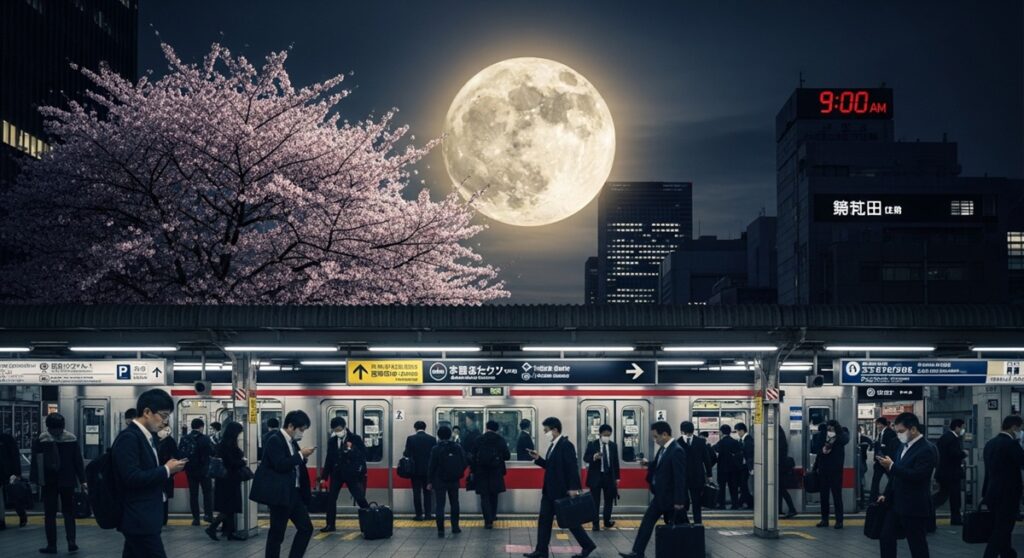
Occidental Odes to Obsolescence: When Noon Becomes Nocturne
Flip the globe, and the West writhes in reciprocal riddle. London’s fog-shrouded evensong at “morning” mass, parishioners murmuring psalms to the gloom; California’s surf-riders catching waves under “evening” stars, boards slicing phosphorescent trails. Rhetorical thorns prick: What becomes of the cowboy’s sunset silhouette when high noon demands his saddle? Heritage erodes like tide-pulled sand—Thanksgiving’s hearth-glow a midday mirage, Bastille’s fireworks fizzling in predawn hush.
Anthropologists forecast a renaissance of the local, subcultures sprouting like defiant weeds: underground “solar societies” hoarding sundials, black-market light therapies peddled in speakeasies of shadow. Yet, the grand irony unfurls, in striving for global oneness, we birth a mosaic of micro-rebellions, each enclave clutching its sliver of stellar truth. This cultural churn, dystopian in its dislocation, harbors a metaphysical spark: time as the ultimate illusion, its unification a mirror forcing us to confront the self’s solitary spin.
The Unseen Horizon: Navigating the Abyss of What Might Be
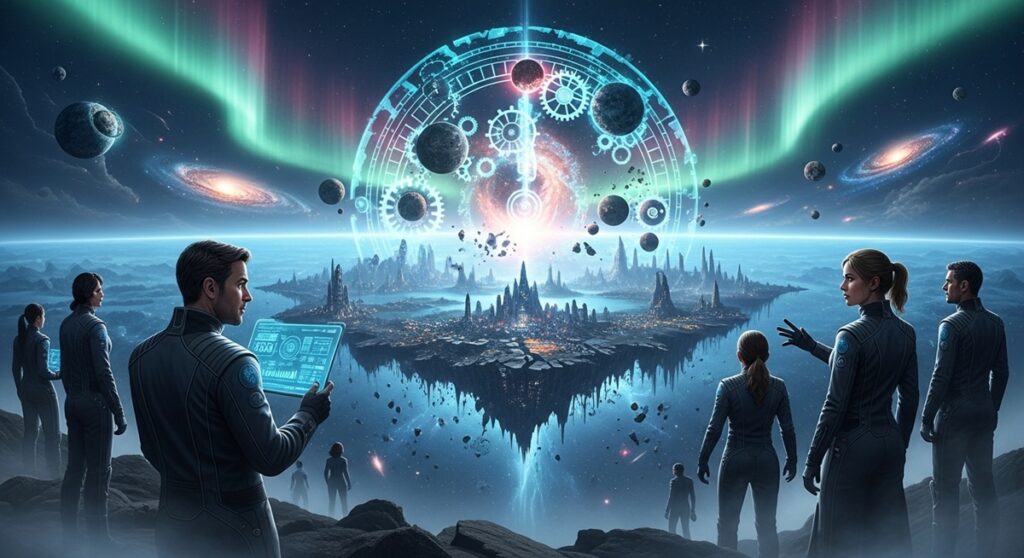
As the simulations fade to static, we’re left on the precipice, gazing into the abyss where Universal Time beckons like a siren’s call, seductive in its symmetry, treacherous in its totality. Scientists, those reluctant prophets, tally the ledgers: economic empires fortified, yet bastions of biology besieged; cultures kaleidoscoped into kaleidoscopic chaos, psyches teetering on the brink of breakthrough or breakdown. The metaphysical murmur persists: Is time not the cage we mistake for wings? In binding it, do we liberate or merely forge finer fetters?
This prospect lingers as provocation, a dystopian daydream urging us to cherish the discord of dawns, the poetry of parted hours. Perhaps the true revolution isn’t in syncing the clocks, but in heeding the sun’s silent sermon, that wild, wayward light reminding us we’re but transient sparks in an eternal dance. What worlds might we weave if we let time remain the rogue it is? The mystery endures, a half-drawn curtain on horizons yet unseen, inviting you to linger in the liminal, where the tick of now holds infinite tomorrows.




